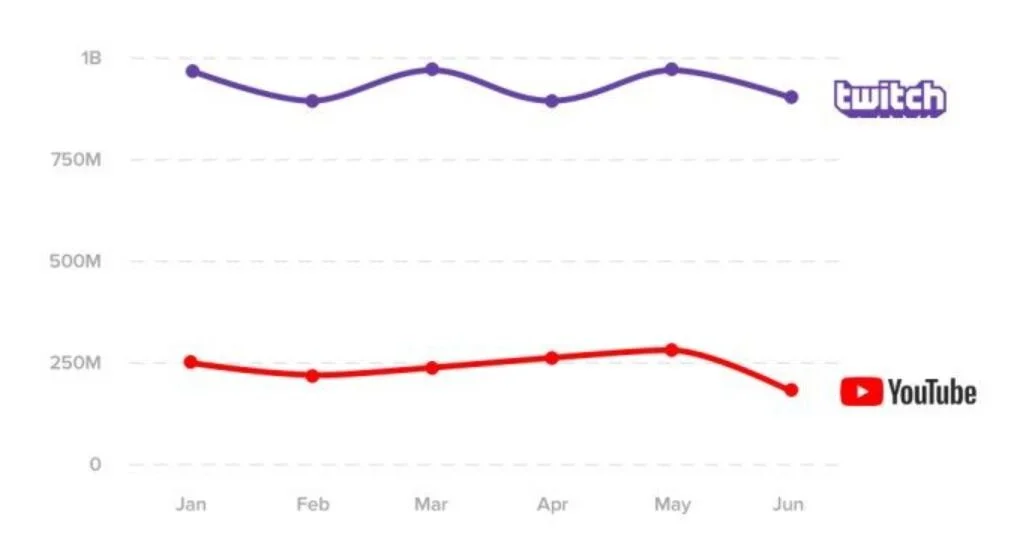Livestreaming has become a burgeoning global industry, recording eight billion hours of content watched in the last quarter of 2020 (May, 2021). This research projects examines the industry before the COVID-19 pandemic, how it evolved during the pandemic, and its future opportunities. From October to December 2020, over eight billion combined hours of content were watched as livestreams on the top three largest platforms, Twitch, YouTube, Facebook Live (May, 2021). Using data from industry leader interviews, a national survey, and case studies the team reveals the power and current technology limitations to livestreaming for the live entertainment industry.
Theatrical Livestreaming: Fostering the Next Generation of TheatreMakers
In my previous AMT-Lab article, Livestreaming And Live Theatre: A Promising New Industry, I presented the data and specifics of the current livestreaming market as a whole. During this research, I found that livestreaming viewership set record highs in 2020. Not only was livestreaming able to grow during the initial impact of the pandemic, but this interest was maintained throughout 2020 and into 2021. Livestreaming, as an industry, grew by 81% in 2020. The large potential for market utilization is undeniable. Most importantly, however, is that livestreaming theatrical events offer a level of access and opportunity to arts and cultural events that have yet to be capitalized.
Livestreaming and Live Theatre: A Promising New Industry
These last two years have forced audiences to seek out arts opportunities and engagements through new mediums. Theatre organizations around the world closed their doors, forced to look for new ways to interact with their audiences. Many turned to digital content, such as streaming and livestreaming. While these two mediums appear to be similar, they are entirely different forms of media. “Livestreaming is when the streamed video is sent over the Internet in real-time, without first being recorded and stored.”[1] It allows for increased engagement with audiences and in many cases, livestreams allow for audiences to directly interact with the host through chat features, polls, and subscriptions.[2]
Digital Network Strategies for Nonprofits
This article will look at three companies, an established ‘big fish’ company, a late entrant to the market, and a ‘blue ocean’ company. Blue Ocean refers to the idea that a new marketplace with untapped potential can exist between two common marketplaces and one can create their own supply and demand. The companies this article will look at are; Twitch.tv, Mixer.tv, and Voxpop Games.
Twitch: Fundraising Platform and Streaming Service
Whether you have heard of the social gaming platform called Twitch or not, it is definitely something to keep on your radar for potential uses for fundraising and audience engagement. Founded in 2011, Twitch began its business focusing on video gaming, however in 2015 it added a creative channel where “streamers” could specify their artistic content. Recently, Twitch has been highlighted as a premiere location for raising significant funds from dedicated fans who are moved by a cause. In fact, last year Twitch raised $75 million for 100 different charities. With the advent of creative content streams, it seems unusual that the nonprofit arts sector is not engaging with current and future audiences and donors on the site.










